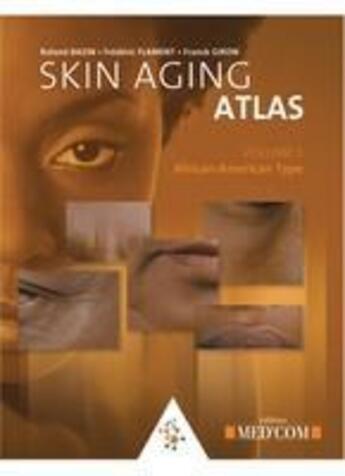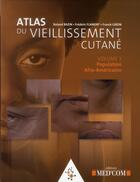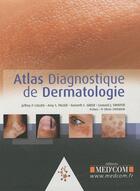-
Date de parution : 22/05/2012
-
Editeur :
Med'com
-
EAN : 9782354030810
-
Série :
(-)
-
Support :
Papier
Résumé:
The Skin Aging Atlas: African American Type is a triumph. This book represents a meticulous characterization and classification of African American skin as it ages.
Such an in-depth photographic analysis has never been published for this group of people, a group which is too often overlooked... Voir plus
The Skin Aging Atlas: African American Type is a triumph. This book represents a meticulous characterization and classification of African American skin as it ages.
Such an in-depth photographic analysis has never been published for this group of people, a group which is too often overlooked in aesthetic research. The presentation is clear, concise, and deceptively straight-forward, a testimony to the amount of thought and care that went into the preparation of this work. And, while this atlas stands on its own merits, it is even more valuable when considered as the third installment in the trilogy of Skin Aging Atlases published, with Caucasian Type and Asian Type already in print. Taken together, these books enable us to see similarities and differences in aging across different ethnicities. ?
Dr Victoria H. Barbosa??Dark skin seems to better resist the effects of aging. Cosmetic surgery such as blepharoplasty or brow lifts is far more infrequent, and medical treatment, such as injections, is not proposed until subjects are significantly older. Dark skin does age, but differently. The aim of this work is to show precisely how. Apart from providing lay readers with valuable insights, the approach explained in this atlas enables clinicians, plastic surgeons, dermatologists and practitioners of aesthetic medicine to more thoroughly analyse degrees of aging in the different facial areas, thus facilitating therapeutic decision making and delivering appropriate, precise tools for treatment result evaluation. It can also provide patients with a preview of the expected, potential, or probable result of surgery. ?
Dr Zakine
Donner votre avis
















